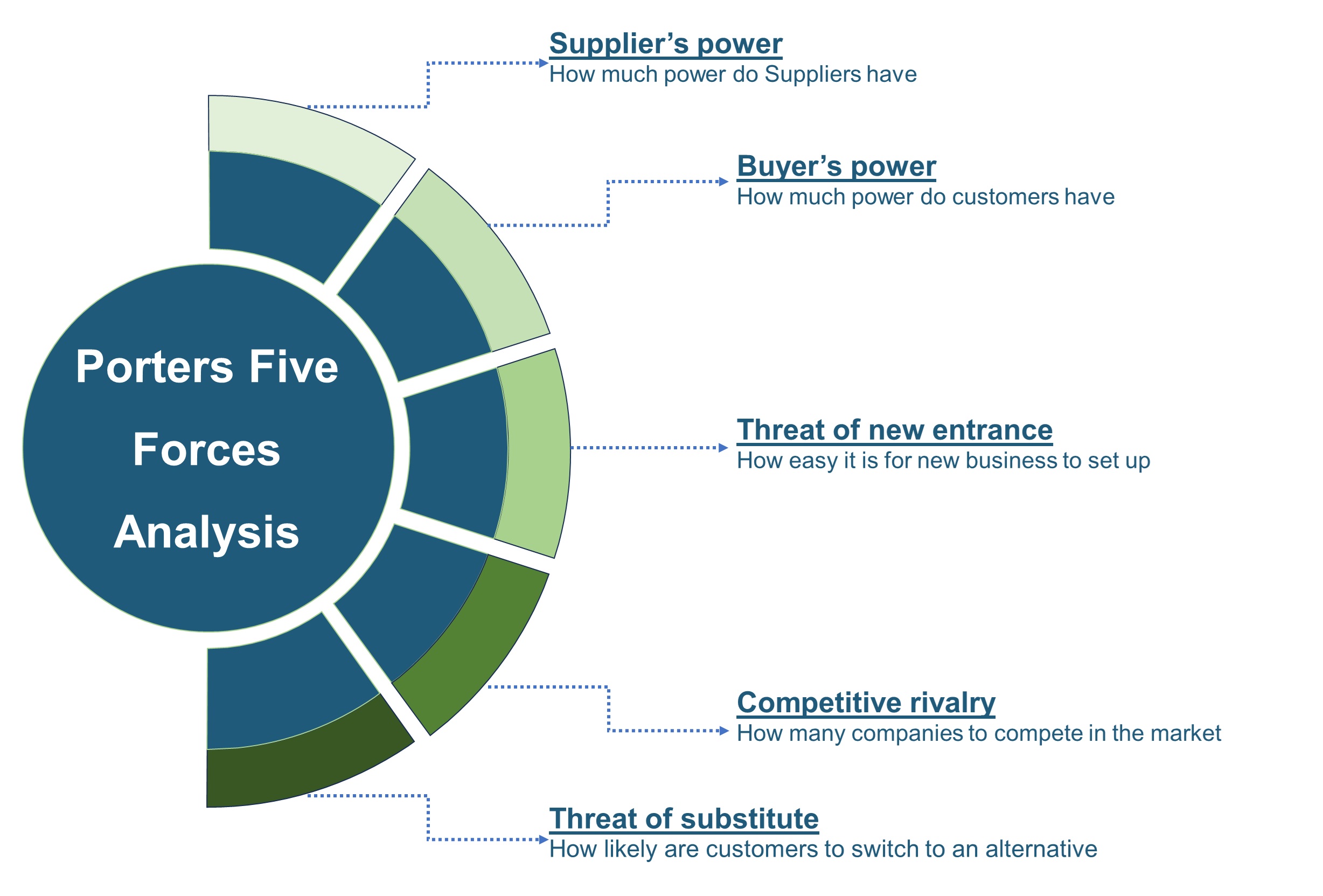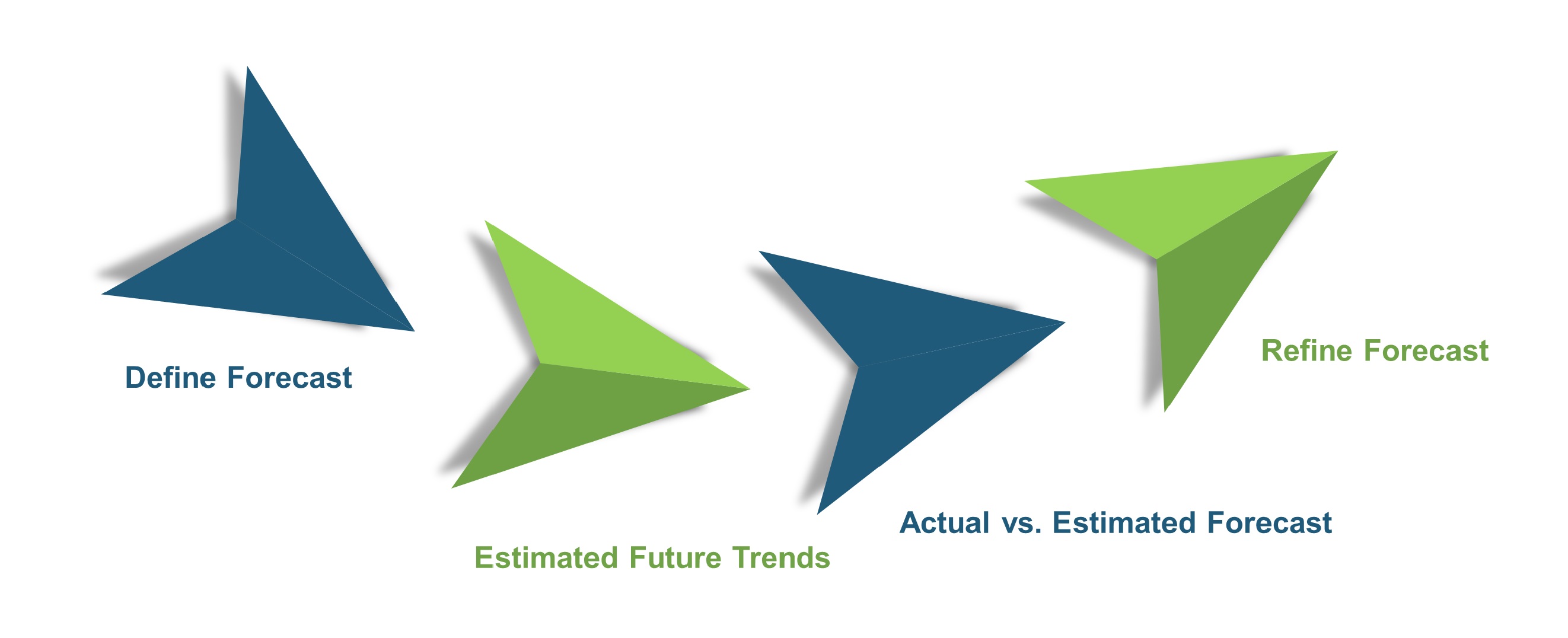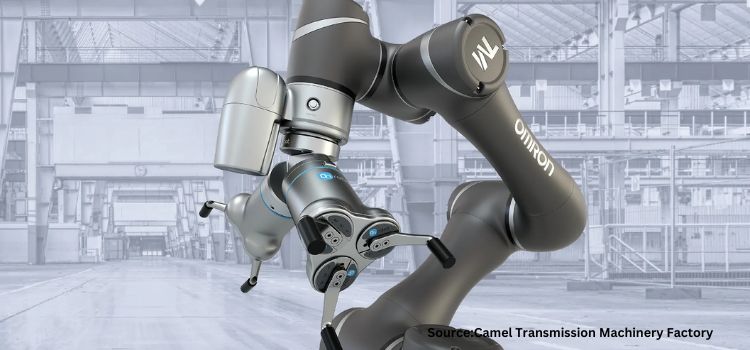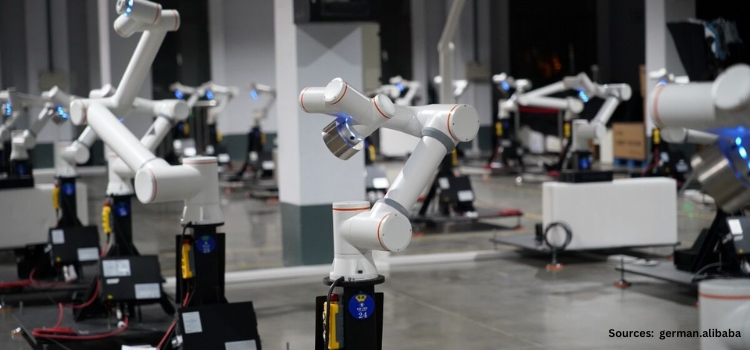
Middle East Warehouse Robotics Market by Type (Automated Guided Vehicles (AGVs), Autonomous Mobile Robots (AMRs), Articulated Robots, & Others), by Offering (Hardware, Software, and Services), by Payload Capacity (Less than 100 KG, 101-200 KG, 201-500 KG, and Others), by Application (Palletizing and Depalletizing, Sorting and Packaging, Picking and Placing, Transportation), and by End-User – Opportunity Analysis and Industry Forecast, 2025–2030
Industry: Semiconductor & Electronics | Publish Date: 29-Mar-2025 | No of Pages: 130 | No. of Tables: 96 | No. of Figures: 53 | Format: PDF | Report Code : SE3156
Middle East Warehouse Robotics Market Overview
The Middle East Warehouse Robotics Market size was valued at USD 340.1 million in 2024, and is predicted to reach USD 714.2 million by 2030, at a CAGR of 12.2% from 2025 to 2030.In terms of volume, the market size was 15.02 thousand units in 2024 and is projected to reach 33.98 thousand units by 2030, with a CAGR of 13.4% from 2025 to 2030
Middle East's growth in the e-commerce sector is a driver of warehouse robotics market and active Government policies in terms of digitization and automation also serves as a driver. With automated solutions like robotic pickers, automated guided vehicles (AGVs), and autonomous mobile robots (AMRs), labour shortages are reduced by reorganizing inventory management, order picking, and material handling.
Yet, high setup cost for deployment of these sophisticated systems is one of the significant factors limiting the growth, restricting the mass deployment of supply chain robots and slow down the overall regional market growth.
Increase in E-Commerce Propels the Middle East Warehouse Robotics Market Growth
The rapid growth of e-commerce in the Middle East has importantly redefined the logistics and warehousing environment of the region. As more consumers convert to online purchasing, retailers and fulfillment centers come under increasing pressure to manage greater number of orders as faster delivery system. This upsurge in demand requires implementing efficient and scalable warehousing options to optimize business.
According to International Association of Accounting Professionals reports that in 2023, E-commerce in the UAE witnessed a strong 15% growth rate, with nearly 70% of transactions carried out through mobile phones. This rise was led by greater consumer expenditure in hypermarkets and supermarkets (19%), retail segments such as food and beverages (57%), and hotels (10%), as a result of the growing digital shopping environment and the changing tastes of consumers towards online retail.
As online retailing continues to spread throughout the region, warehouse robotics adoption is expected to increase and become a vital part of current supply chain processes in the Middle East.
Active Government Initiatives Toward Digitization Drives the Middle East Warehouse Robotics Market Demand
Governments in the Middle East actively encourage digitization and automation within their overall economic diversification and modernization of industry schemes. The provision of financial incentives, subsidies, and direct investments in smart technology, authorities are providing a conducive environment for the mass use of warehouse robots. Saudi Arabia launched a major development initiative with the construction of a USD 250 million logistics park, as reported by the International Centre for Trade Transparency.
Increase in Initial Investments Restrains the Middle East Warehouse Robotics Market Expansion
The enormous initial investment needed to implement these sophisticated systems is one of the restraints that are limiting the growth of the warehouse robotics market in the Middle East. The initial capital outlay in implementing warehouse robotics technologies is huge, which can be a major setback for most companies in the region, especially small and medium-sized enterprises.
These enterprises tend to find it difficult to raise the required amount of money for such a massive investment, especially given that the return on investment could take years to be realized. Consequently, even with the possible operational efficiencies and cost advantages that robotics can introduce, the high initial prices continue to pose a big problem for widespread adoption and hindering the overall development of the market across the area.
Introduction of Artificial Intelligence Creates Future Option for the Market
The addition of artificial intelligence in automated warehouse systems is expected to play a major role allowing growth opportunity for the Middle East warehouse robotics market trends in the future. AI induced solutions improves decision making, optimize inventory management and improve the accuracy and speed of operations that helps warehouses to become more accurate and adaptable.
As such in January 2025, Nvidia disclosed new AI development tools aimed at improving the potential of autonomous robots and vehicles. These models are mad to create synthetic data and simulate physical interactions, allowing developers to create designed templates for testing their AI systems before real-world. These progresses will focus on the transformative potential of AI in warehouse robotics, paving the way for smarter, more lively and highly efficient warehouse operations that meet the future demands of modern supply chains.
Competitive Landscape
The promising players operating in the Middle East warehouse robotics industry includes ABB Ltd., Omron Corporation, KUKA AG, Fanuc Corporation, JBT Corporation, Zebra Technologies, Honeywell International Inc, KNAPP AG, YASKAWA ELECTRIC CORPORATION, Amazon Robotics LLC, Toshiba Corporation, SSI Schaefer and others.
Middle East Warehouse Robotics Market Key Segments
By Type
-
AGVs
-
AMRs
-
Articulated Robots
-
Others
By Offering
-
Hardware
-
Software
-
Services
By Payload Capacity
-
Less than 100 kg
-
101-200 KG
-
201-500 KG
-
Others
By Application
-
Palletizing and Depalletizing
-
Sorting and Packaging
-
Picking and Placing
-
Transportation
By End User
-
E-commerce
-
Automotive
-
Food & Beverages
-
Others
Key Players
-
ABB Ltd.
-
Omron Corporation
-
KUKA AG
-
Fanuc Corporation
-
JBT Corporation
-
Zebra Technologies
-
Honeywell International Inc
-
KNAPP AG
-
YASKAWA ELECTRIC CORPORATION
-
Amazon Robotics LLC
-
Toshiba Corporation
-
SSI Schaefer
REPORT SCOPE AND SEGMENTATION:
|
Parameters |
Details |
|
Market Size Value in 2024 |
USD 340.1 million |
|
Revenue Forecast in 2030 |
USD 714.2 million |
|
Value Growth Rate |
CAGR of 12.2% from 2025 to 2030 |
|
Market Volume in 2024 |
15.02 thousand units |
|
Unit Forecast in 2030 |
33.98 thousand units |
|
Volume Growth Rate |
CAGR of 13.4% from 2025 to 2030 |
|
Analysis Period |
2024–2030 |
|
Base Year Considered |
2024 |
|
Forecast Period |
2025–2030 |
|
Market Size Estimation |
Million (USD) |
|
Market Volume Estimation |
Thousand units |
|
Growth Factors |
|
|
Companies Profiled |
12 |
|
Countries Covered |
10 |
|
Customization Scope |
Free customization (equivalent up to 80 working hours of analysts) after purchase. Addition or alteration to country, regional, and segment scope. |
|
Pricing and Purchase Options |
Avail customized purchase options to meet your exact research needs. |

















 Speak to Our Analyst
Speak to Our Analyst





















